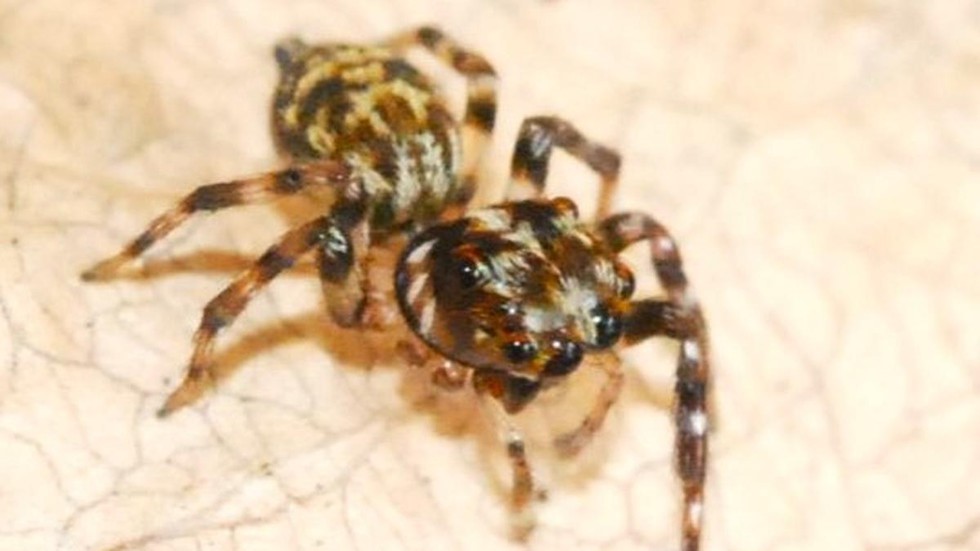
Epidelaxia falciformis and Epidelaxia palustris

04.03.2025
Epidelaxia falciformis and Epidelaxia palustris
|
For Prelims: About E. falciformis and E. palustris |
Why in the news?
Researchers have discovered two new species of jumping spiders from the Shendurney Wildlife Sanctuary and named it as Epidelaxia falciformis sp. nov. and Epidelaxia palustris.
About E. falciformis and E. palustris:
- These jumping spider species belong to the genus Epidelaxia.
- It was for the first time the genus Epidelaxia has been recorded from India as it was previously considered endemic to Sri Lanka.
Physical Features of the species:
- These consist of prominent yellow triangular-shaped marks on the prosoma (the front part of the body) of females and unique traits of the copulatory organs in both males and females.
- Males of falciformis have a brown carapace with a yellow-brown stripe, while males of E. palustris feature a pale brown band along the side of their bodies.
- The females exhibit similar colouration, with the added feature of white orbital setae around their eyes.
- The researchers add that the species vary slightly in size, with falciformis measuring 4.39 mm. E. palustris measures 4.57 mm in males and 3.69 mm in females.
- These spiders have been described as highly adapted to their environment, inhabiting the dense foliage of the Western Ghats.
Source:The Hindu
Epidelaxia falciformis and Epidelaxia palustris, recently seen in news, are:
A.Frogs
B.Bacterial Strains
C.Invasive plants
D.Spiders
Answer D